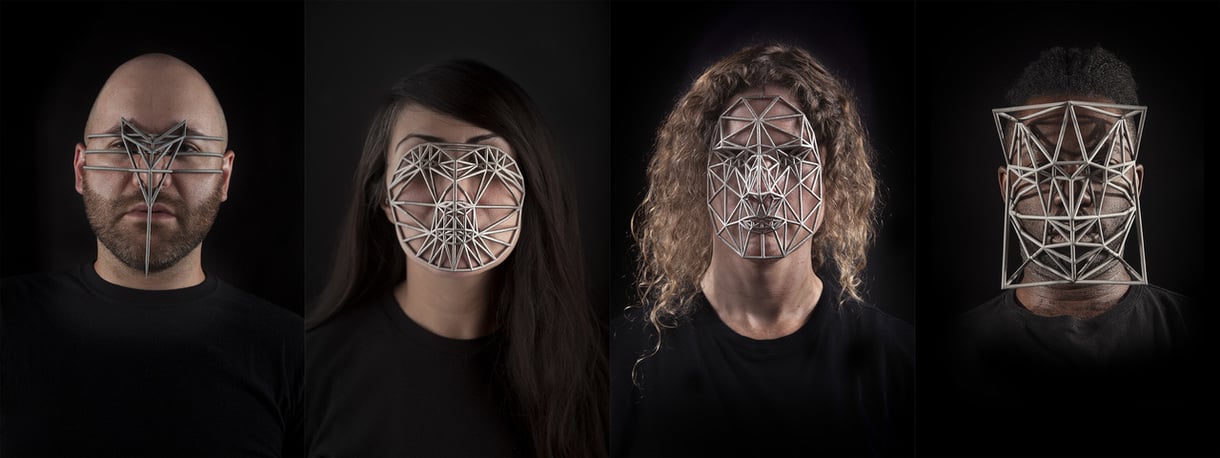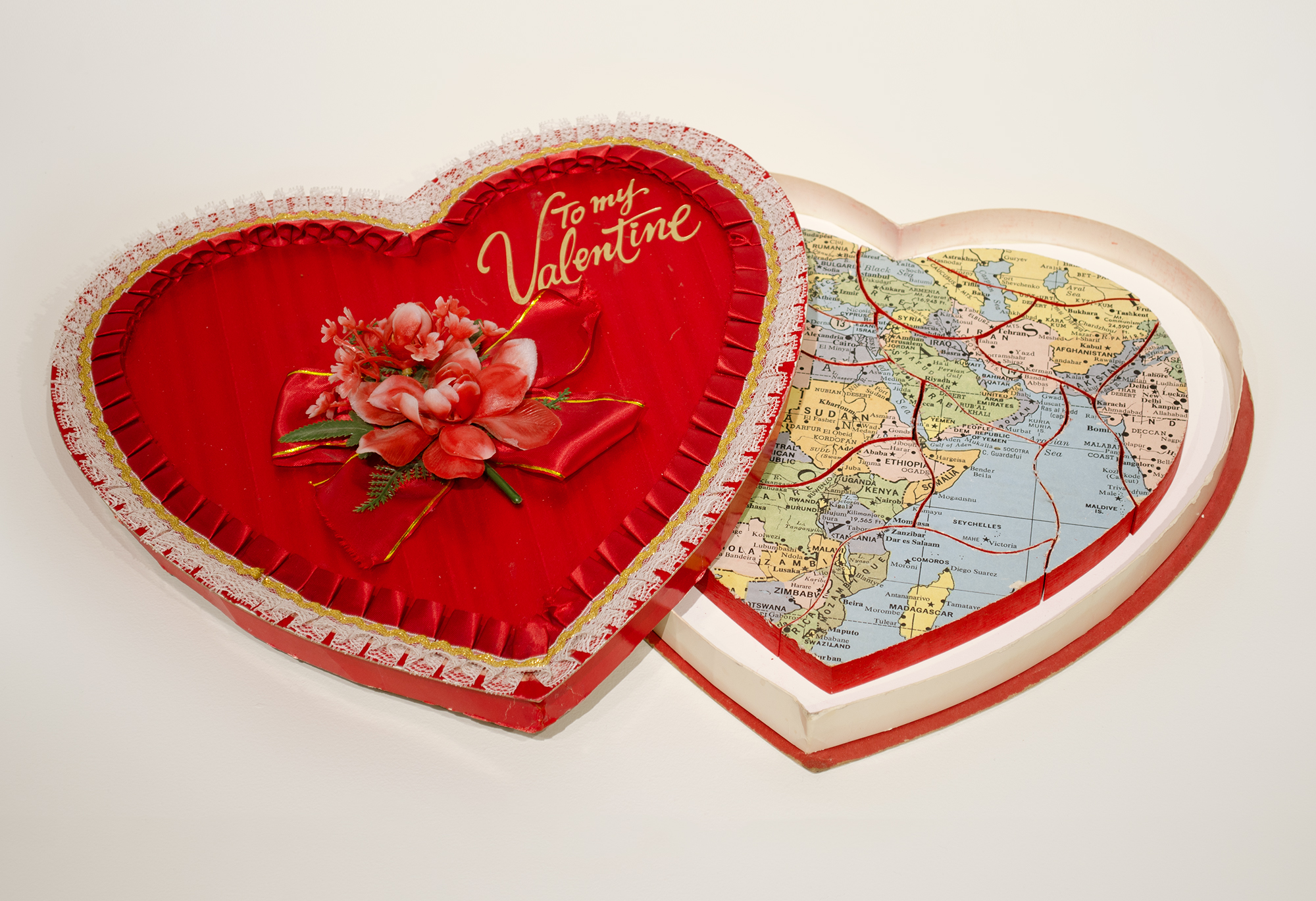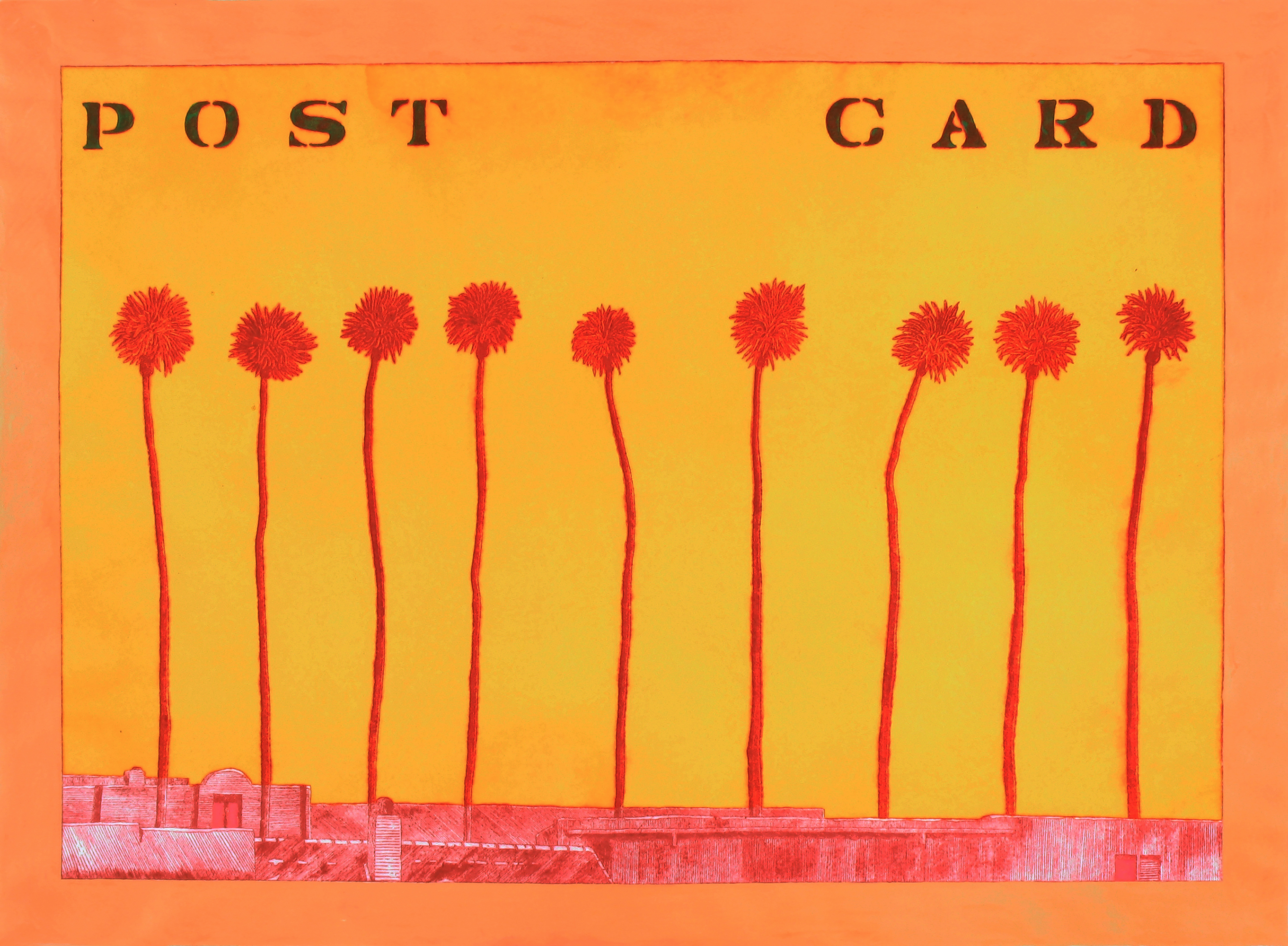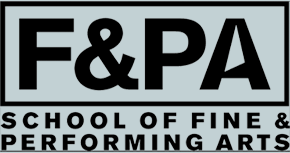The Arrested Image: Identity Through the Lens of Law Enforcement
Curated by Sophie Landres
June 21 – November 2, 2025
Chandler and North Galleries

Zach Blas, Face Cages, 2014–2016, courtesy of the artist
The Arrested Image: Identity Through the Lens of Law Enforcement situates photography and its expanded mediums within the history of policing and its expanded permutations. From nineteenth century daguerreotype mugshots to contemporary biometric databases, it traces the evolution of techniques used to represent identity in tandem with the evolution of techniques used to enforce discipline, arguing that the histories run parallel and share ideological constructs. Focusing on contemporary art that turns the gaze back onto how forms of law enforcement see and portray, the exhibition poses urgent questions regarding the relationship between identity and notions of truth, justice, privacy, and free will in the face of rapidly advancing law enforcement technology.
The Arrested Image: Identity Through the Lens of Law Enforcement
Curated by Sophie Landres
June 21 – November 2, 2025
Chandler and North Galleries

Zach Blas, Face Cages, 2014–2016, courtesy of the artist
The Arrested Image: Identity Through the Lens of Law Enforcement situates photography and its expanded mediums within the history of policing and its expanded permutations. From nineteenth century daguerreotype mugshots to contemporary biometric databases, it traces the evolution of techniques used to represent identity in tandem with the evolution of techniques used to enforce discipline, arguing that the histories run parallel and share ideological constructs. Focusing on contemporary art that turns the gaze back onto how forms of law enforcement see and portray, the exhibition poses urgent questions regarding the relationship between identity and notions of truth, justice, privacy, and free will in the face of rapidly advancing law enforcement technology.
A Living Collection
Curated by Katie Hood Morgan with community members and Museum staff
Reopens September 6
Corridor Gallery and the Sara Bedrick Gallery

Fred Wilson, Untitled, ca. 1987, gift of Ward Mintz and Floyd Lattin
This new display of the Museum’s collection tells the story of The Dorsky from a variety of perspectives, making space for traditionally marginalized voices. Exhibiting collection highlights and audience favorites alongside new acquisitions and commissions, A Living Collection presents the collection as a living entity, continuously evolving and shaped by the viewer's interpretation.
Featuring Thematic Pathways:
Drawing connections between artworks and considering how their meanings continuously evolve with the viewer's response, a series of thematic pathways are presented which link works across time period, medium, and style. Along these pathways we invite you to find your own way and make connections from our contemporary moment into the past, from your life to the artists’ creations, enjoying the universal and timeless potential of art.
Identity and the Body: What can the figures and faces shown here tell us about the artists’ experience and our shared human histories?
Ecology and Natural Forms: How have artists used nature in their work to express humanity’s evolving relationship to the natural world?
Social Justice: How can visual art be a tool of activism and social change?
Art in the Everyday: What kinds of unexpected meanings and stories can we uncover in everyday objects and materials?
A Living Collection
Curated by Katie Hood Morgan with community members and Museum staff
Reopens September 6
Corridor Gallery and the Sara Bedrick Gallery

Fred Wilson, Untitled, ca. 1987, gift of Ward Mintz and Floyd Lattin
This new display of the Museum’s collection tells the story of The Dorsky from a variety of perspectives, making space for traditionally marginalized voices. Exhibiting collection highlights and audience favorites alongside new acquisitions and commissions, A Living Collection presents the collection as a living entity, continuously evolving and shaped by the viewer's interpretation.
Featuring Thematic Pathways:
Drawing connections between artworks and considering how their meanings continuously evolve with the viewer's response, a series of thematic pathways are presented which link works across time period, medium, and style. Along these pathways we invite you to find your own way and make connections from our contemporary moment into the past, from your life to the artists’ creations, enjoying the universal and timeless potential of art.
Identity and the Body: What can the figures and faces shown here tell us about the artists’ experience and our shared human histories?
Ecology and Natural Forms: How have artists used nature in their work to express humanity’s evolving relationship to the natural world?
Social Justice: How can visual art be a tool of activism and social change?
Art in the Everyday: What kinds of unexpected meanings and stories can we uncover in everyday objects and materials?
Space to Create
Curated by The Dorsky Museum
Reopens September 6
Seminar Gallery

Jan Sawka, Post-Card #17 (from the series '36 Post Cards'), 1988, drypoint etching, gift of Dorsky Gallery Curatorial Programs
Creating art is different for each of us. It can be a powerful outlet for self-expression, a form of connection with others, a way to reflect on important issues, or a welcome relief from daily stresses. We invite you to follow art-making prompts related to objects in The Dorsky collection or follow your own creative path by experimenting with the provided materials. Share your creation on the display board, take it home with you to treasure, or gift it to a loved one.
This is your space to create.
This is your time to be creative.
Space to Create
Curated by The Dorsky Museum
Reopens September 6
Seminar Gallery

Jan Sawka, Post-Card #17 (from the series '36 Post Cards'), 1988, drypoint etching, gift of Dorsky Gallery Curatorial Programs
Creating art is different for each of us. It can be a powerful outlet for self-expression, a form of connection with others, a way to reflect on important issues, or a welcome relief from daily stresses. We invite you to follow art-making prompts related to objects in The Dorsky collection or follow your own creative path by experimenting with the provided materials. Share your creation on the display board, take it home with you to treasure, or gift it to a loved one.
This is your space to create.
This is your time to be creative.
SUNY New Paltz 1 Hawk Drive, New Paltz, NY 12561
845.257.3844
[email protected]

